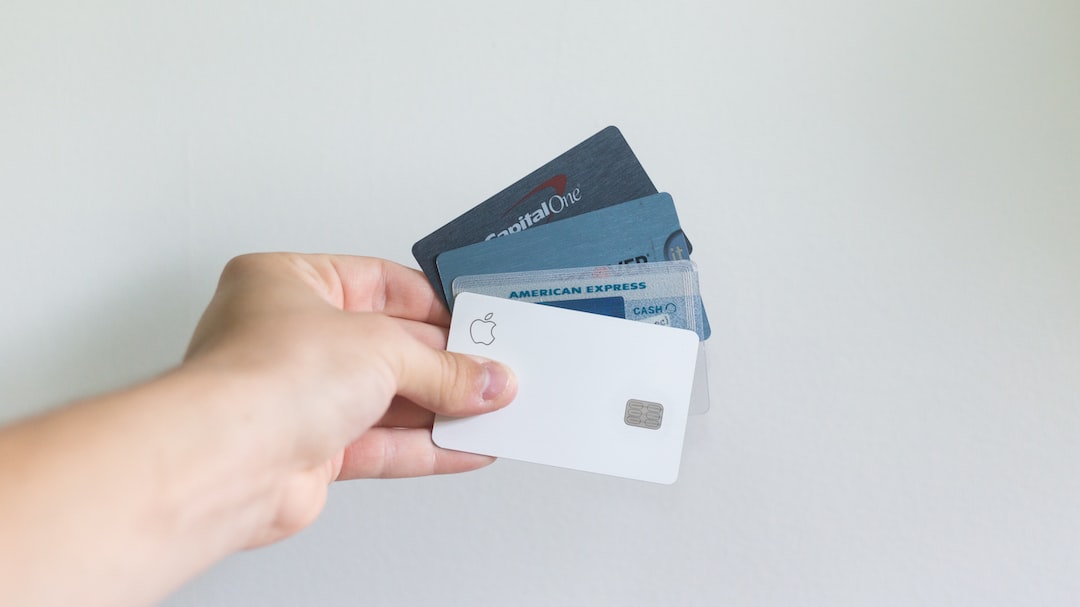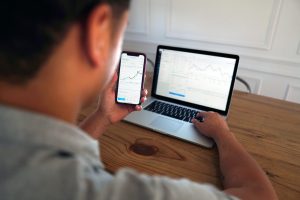Forex (foreign exchange) is one of the largest financial markets in the world, with trillions of dollars being traded every day. It is a decentralized market where traders buy and sell currencies from all around the globe. A crucial aspect of forex trading is leverage, which is the ability to control a large amount of money with a relatively small investment.
Leverage is a double-edged sword as it can significantly increase profits or losses. It is, therefore, essential to understand the concept of leverage and how to use it wisely. In this article, we will discuss what leverage is, how it works, and what should be your leverage when trading forex.
What is Leverage?
Leverage is a financial tool that allows traders to control a large position in the market with a smaller amount of capital. It is a ratio that determines the amount of money a trader can borrow from a broker to open a position. For example, if the leverage ratio is 1:100, a trader can control a position worth $100,000 with only $1,000 in their account.
Leverage is expressed as a ratio, such as 1:50, 1:100, or 1:500. The higher the ratio, the more significant the leverage, and the more substantial the position a trader can control. However, higher leverage also means higher risk, as the potential losses are also amplified.
How Does Leverage Work?
Leverage works by allowing traders to borrow money from their broker to open larger positions. When a trader uses leverage, they must deposit a certain amount of money as collateral, also known as margin. The margin requirement varies depending on the broker and the leverage ratio chosen.
For example, if a trader wants to open a position worth $100,000 with a leverage ratio of 1:100, they will need to deposit $1,000 as margin. The broker will lend the trader the remaining $99,000, which they will use to open the position. If the position goes in the trader’s favor, they will earn a profit, and the broker will return the borrowed money along with the profit. If the position goes against the trader, they will lose money, and the broker will close the position and take the loss from the trader’s margin.
What Should Be My Leverage in Forex Trading?
The appropriate leverage for forex trading depends on several factors, such as your trading style, risk tolerance, and account size. Higher leverage can be beneficial for experienced traders who have a proven track record of success and can manage the associated risks. However, it can be dangerous for inexperienced traders who may not have the necessary skills and knowledge to handle the potential losses.
As a general rule of thumb, it is recommended that traders use a leverage ratio of 1:10 or 1:20 if they are new to forex trading. This means that they can control a position ten or twenty times larger than their account size. This level of leverage is considered safe as it allows traders to take advantage of the market’s movements without risking too much of their capital.
Experienced traders who have a solid trading plan and risk management strategy can use higher leverage ratios, such as 1:50 or 1:100. However, they must keep in mind that higher leverage also means higher risk and potential losses.
Conclusion
Leverage is a powerful tool that can help traders maximize their profits in forex trading. However, it is crucial to use it wisely and understand the associated risks. Traders should choose the appropriate leverage ratio based on their trading style, risk tolerance, and account size. It is also essential to have a solid trading plan and risk management strategy in place to minimize losses and maximize profits. Remember, forex trading can be risky, and traders should never risk more than they can afford to lose.





